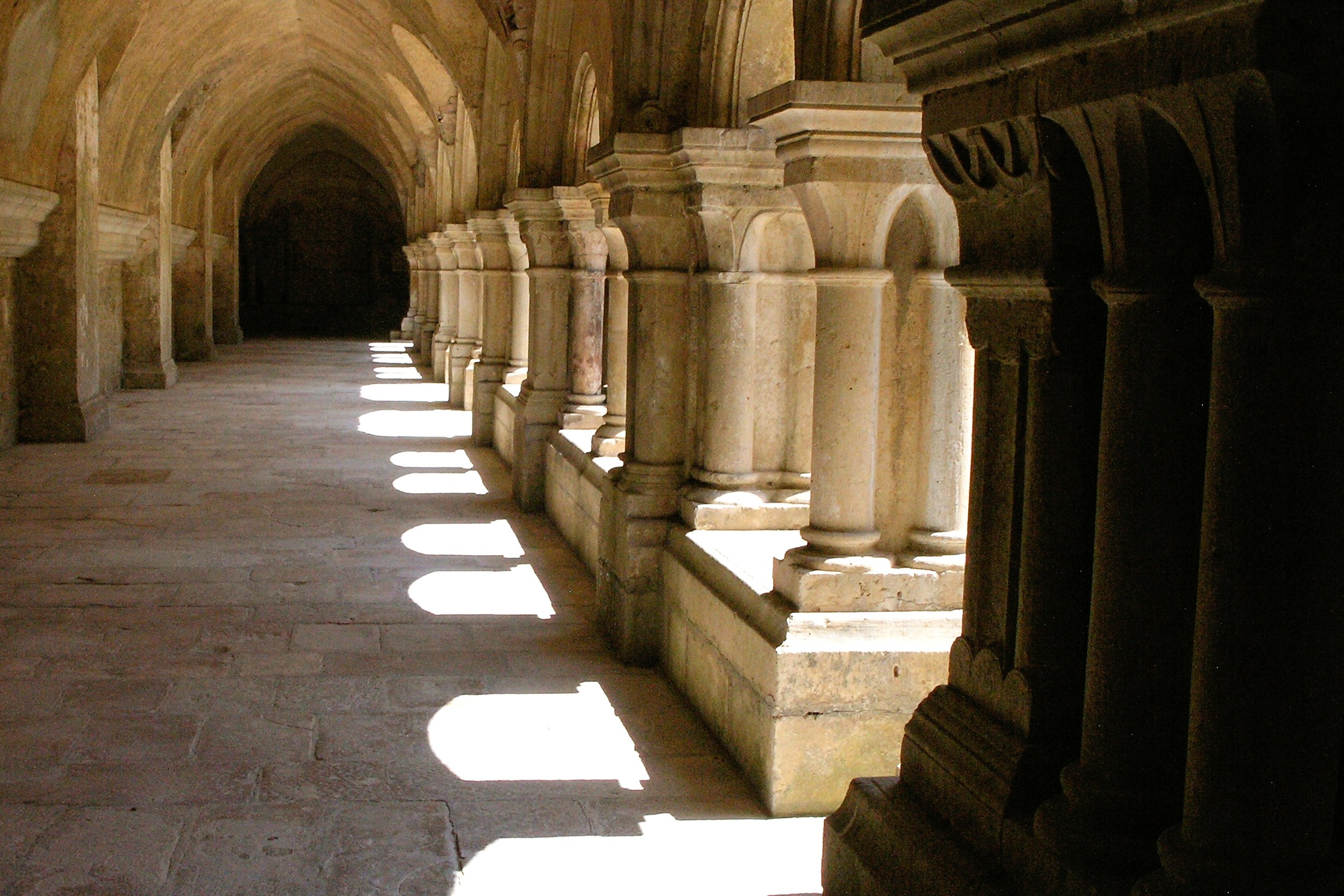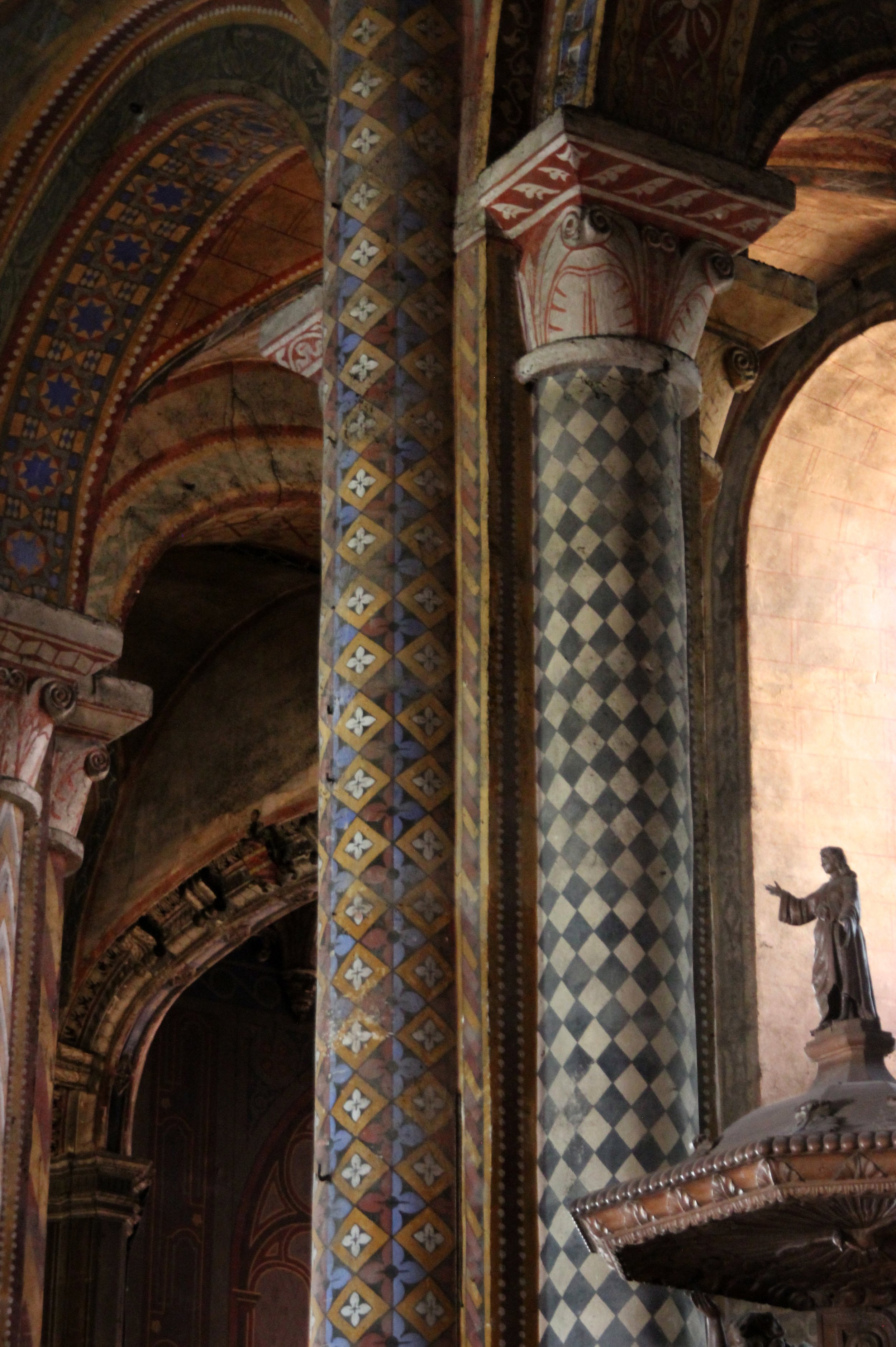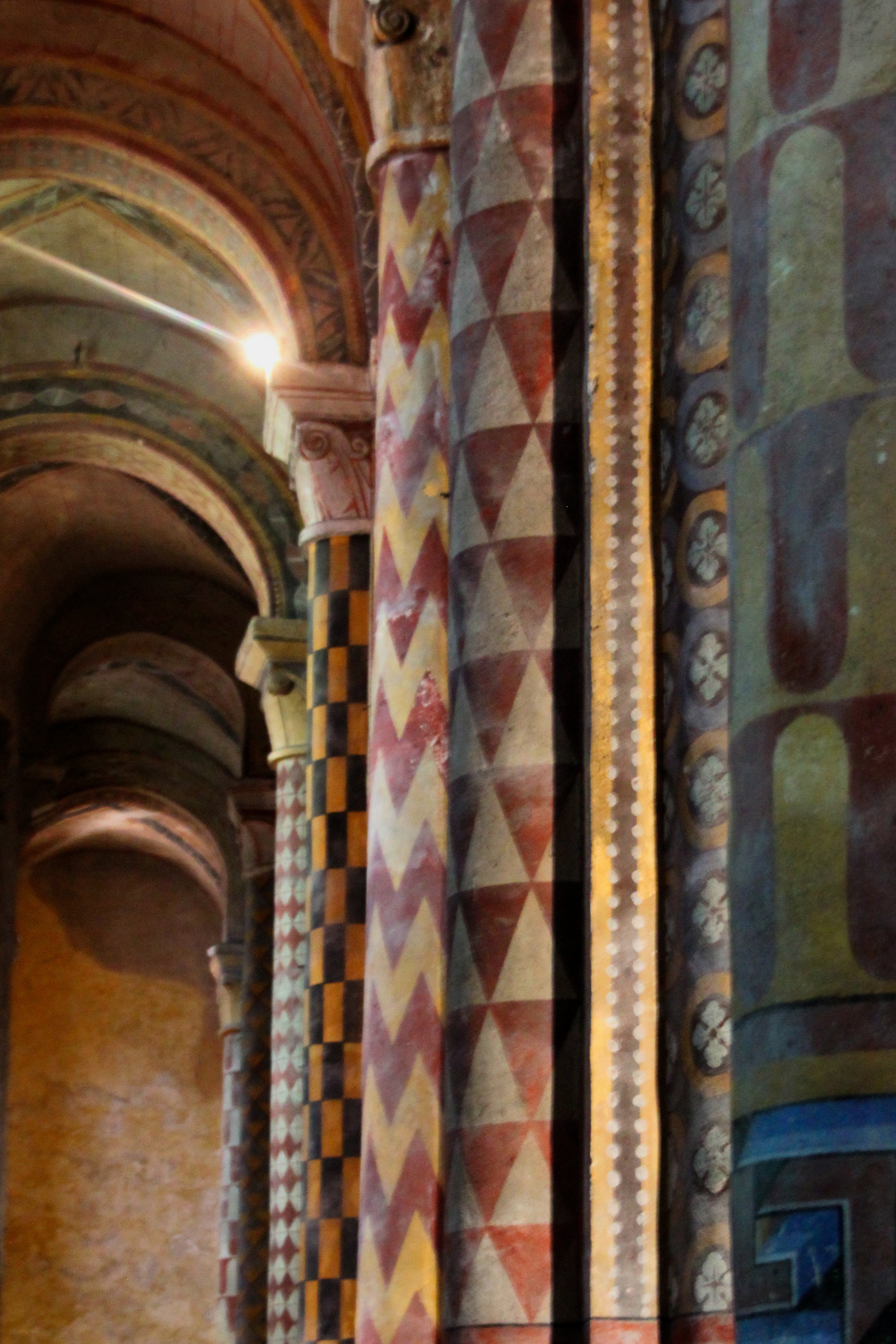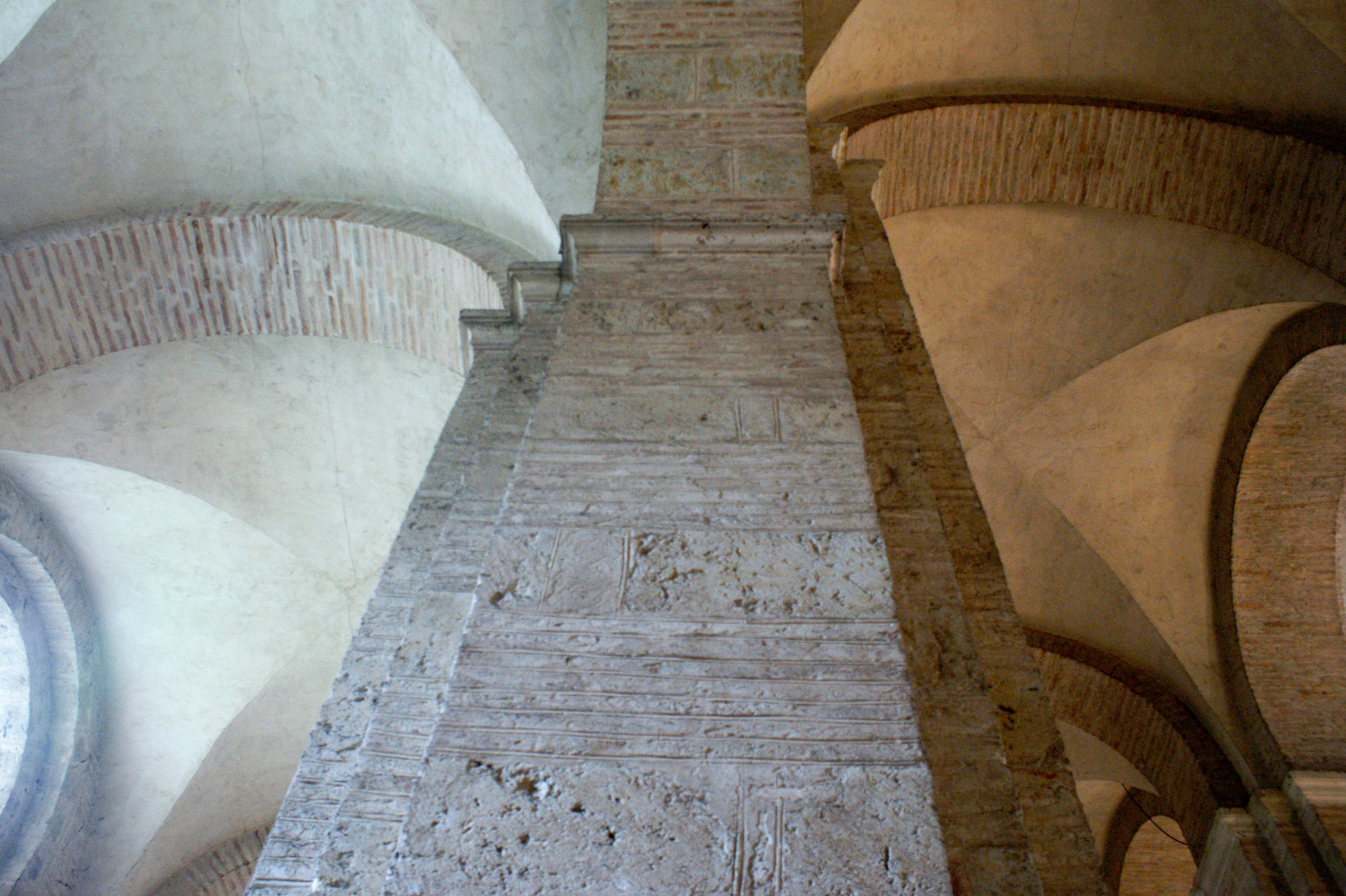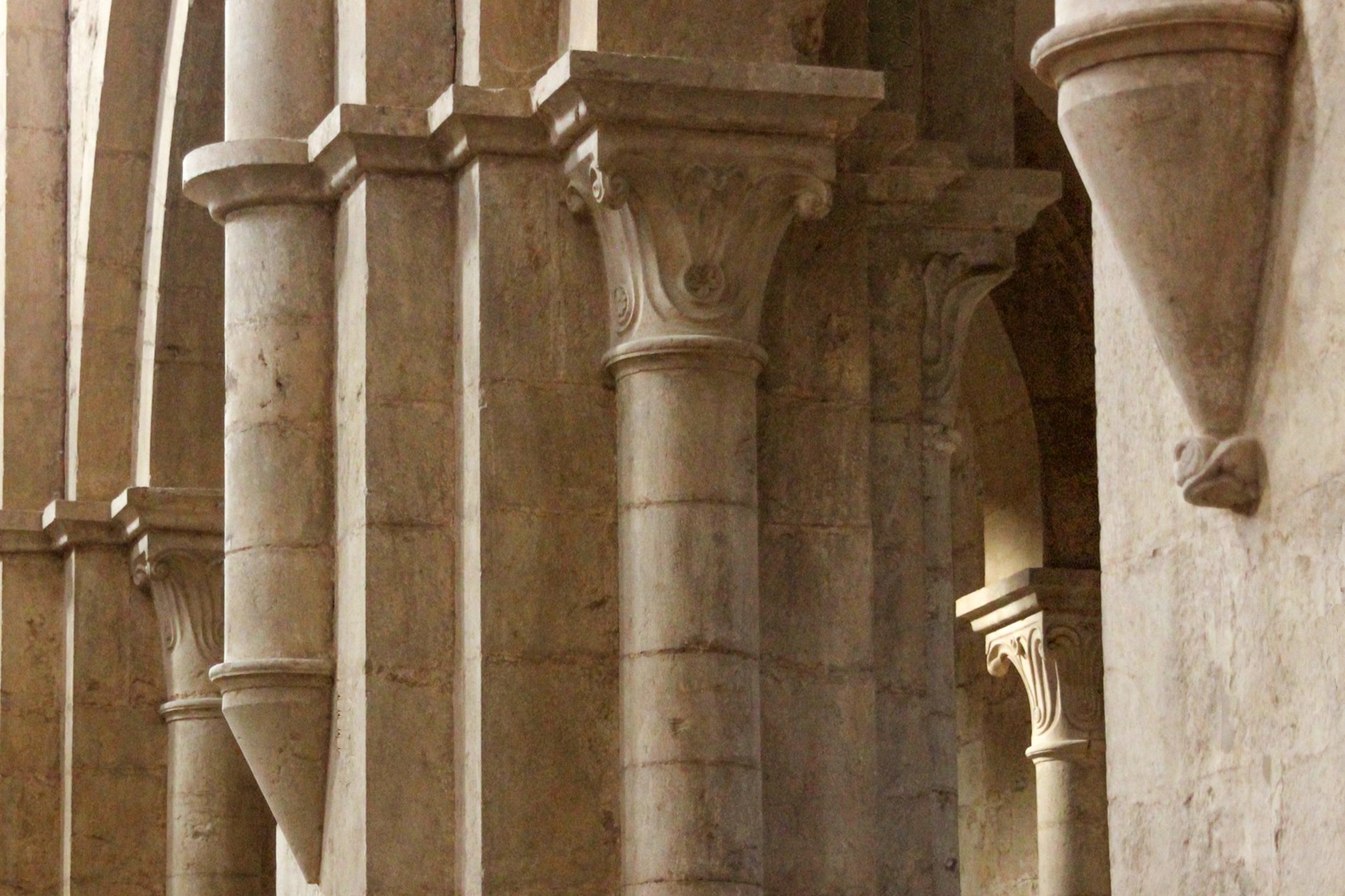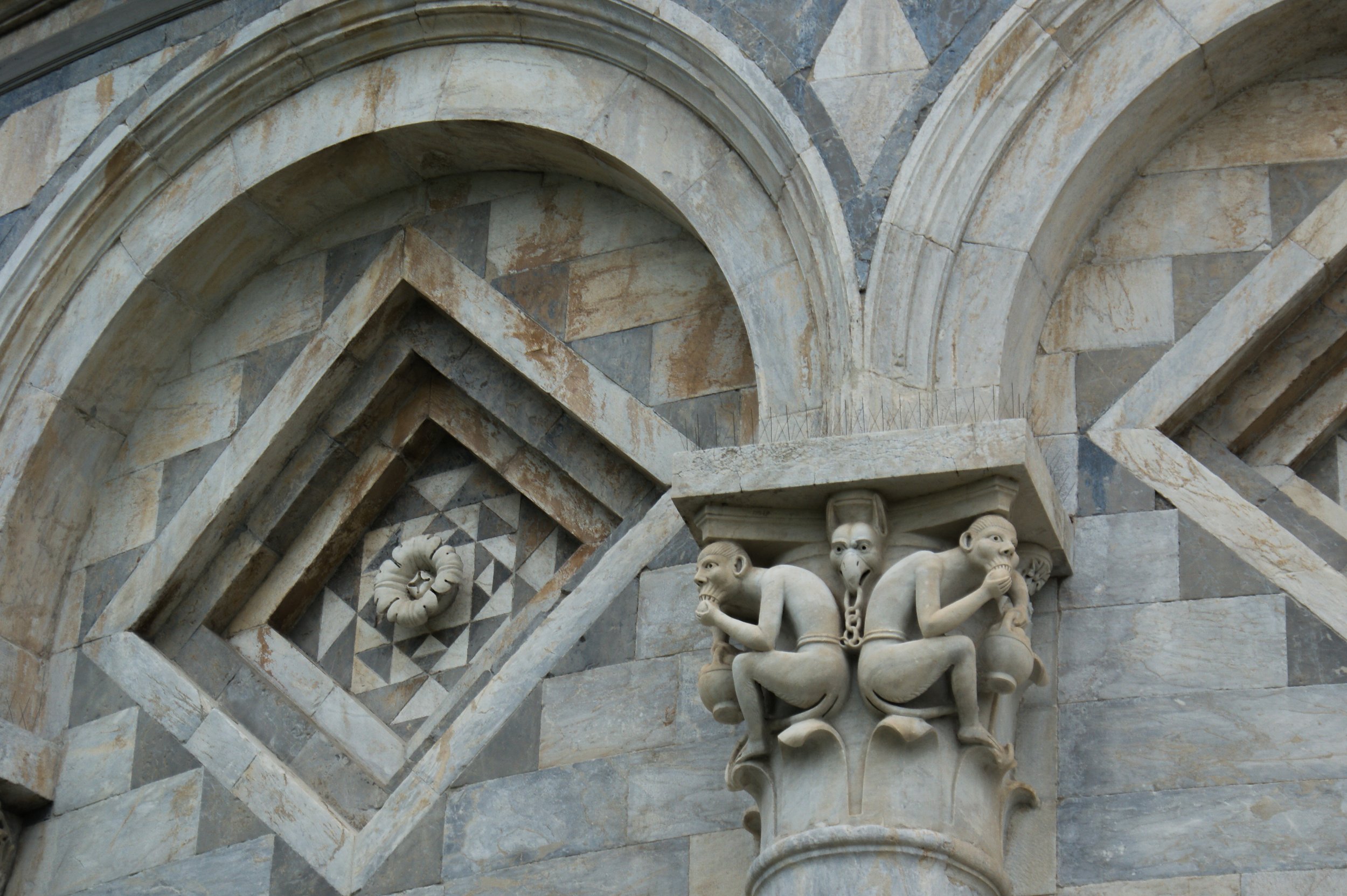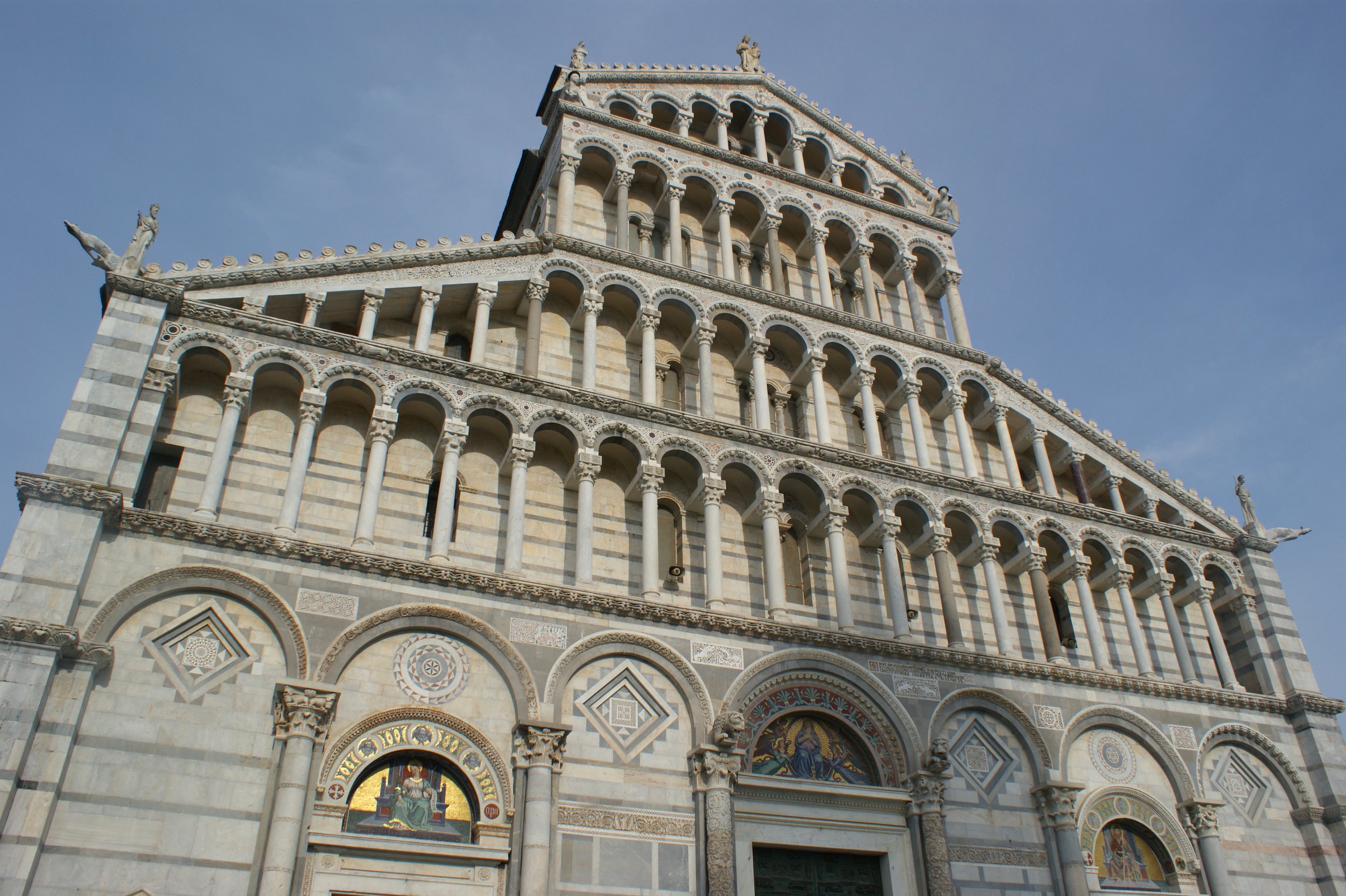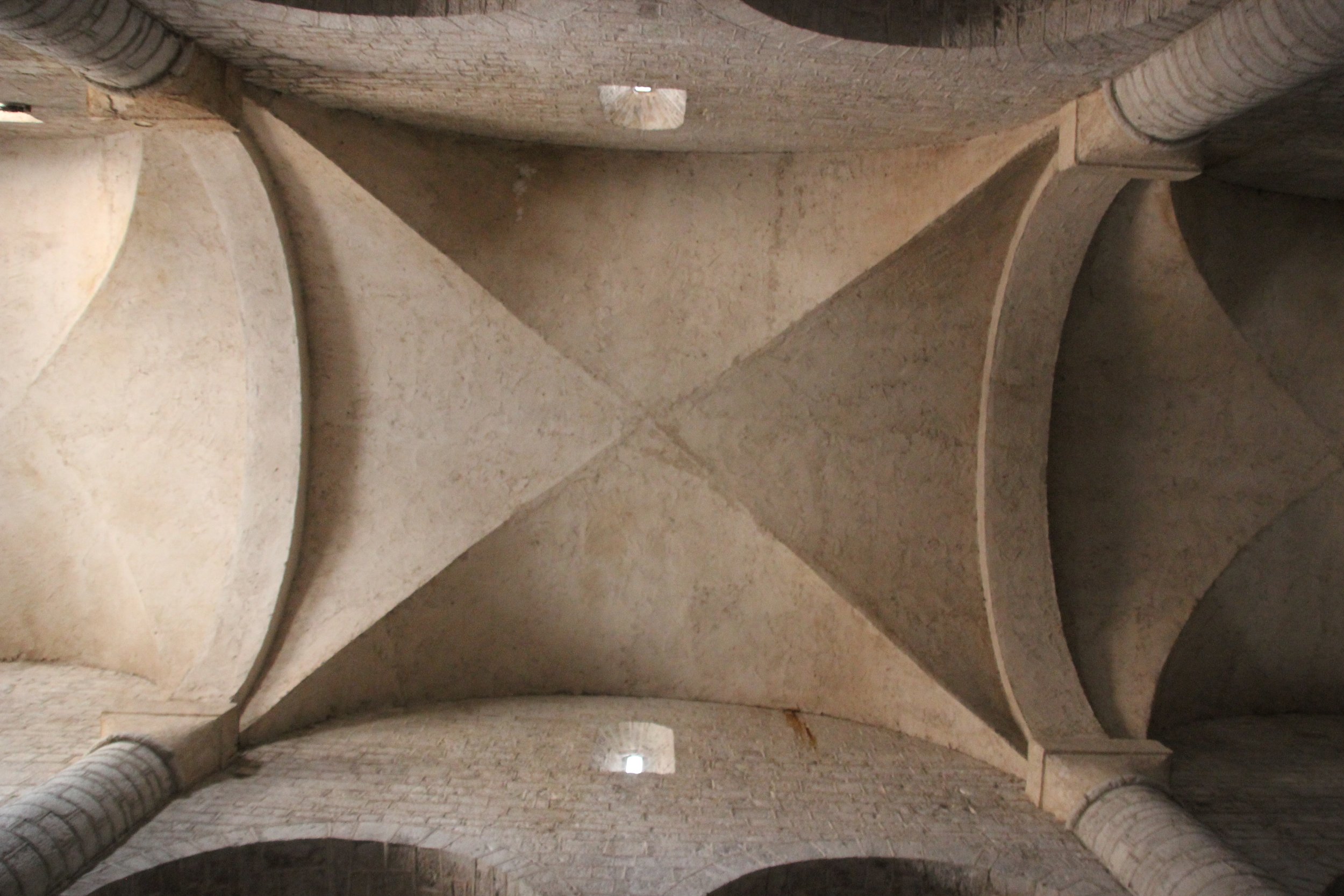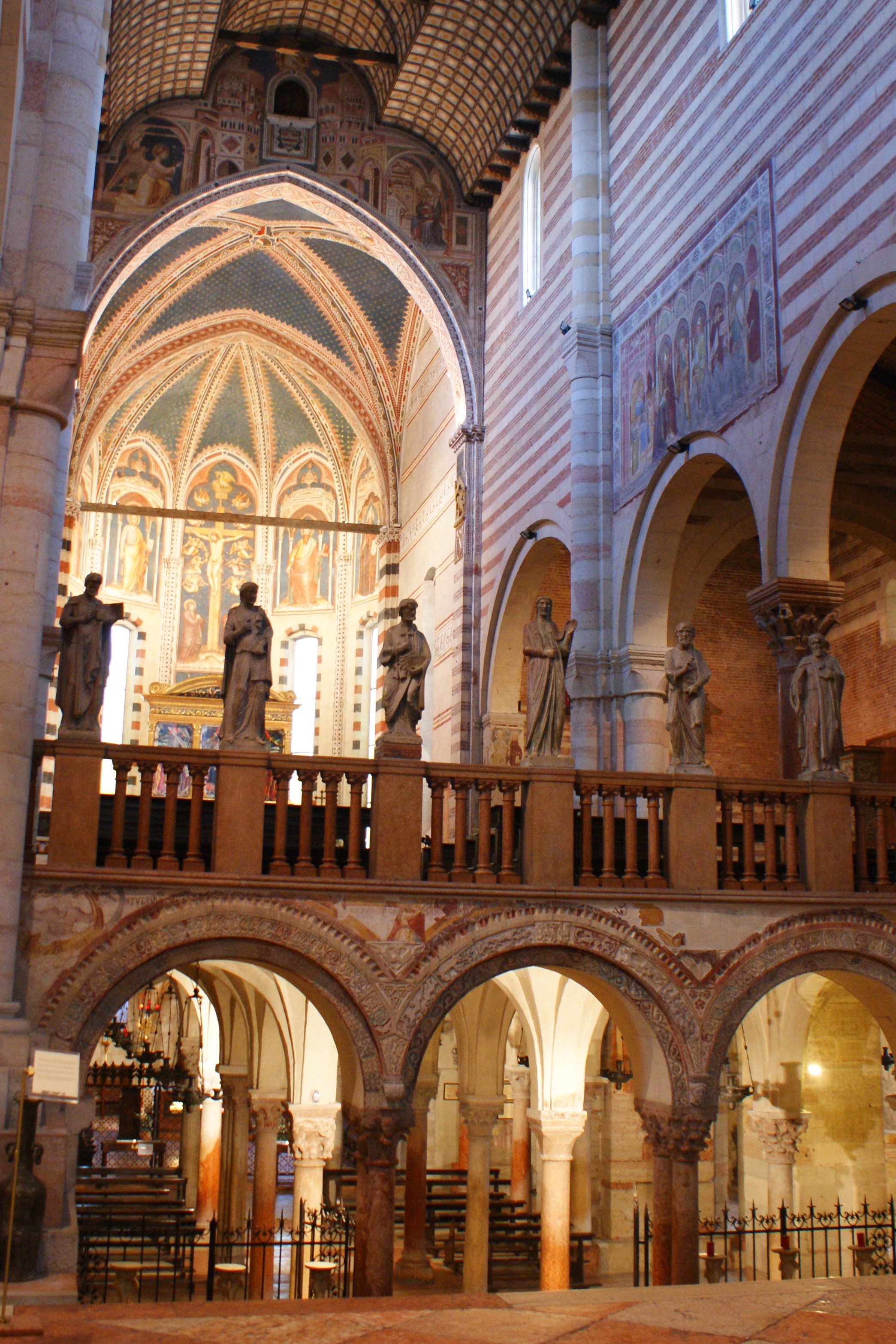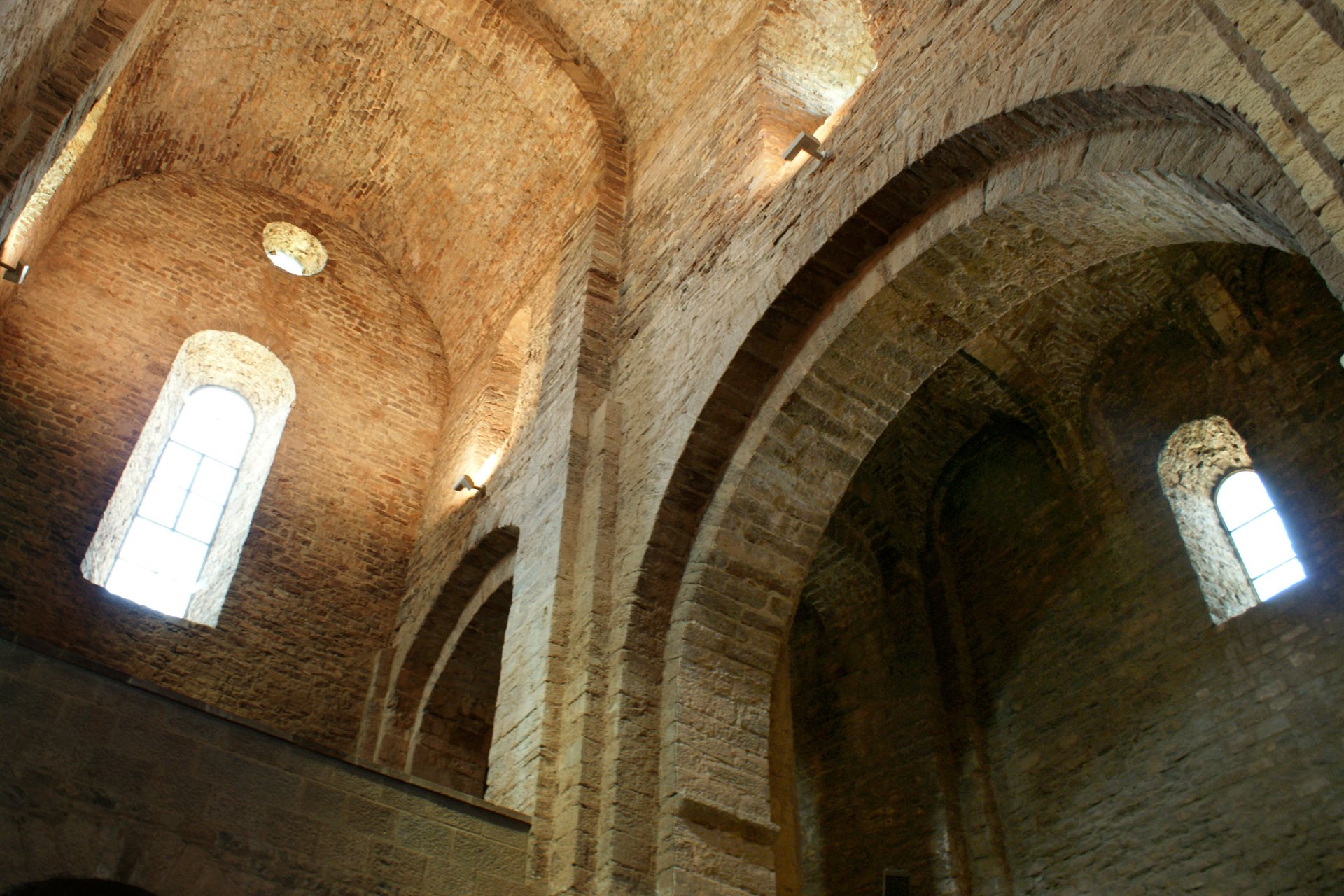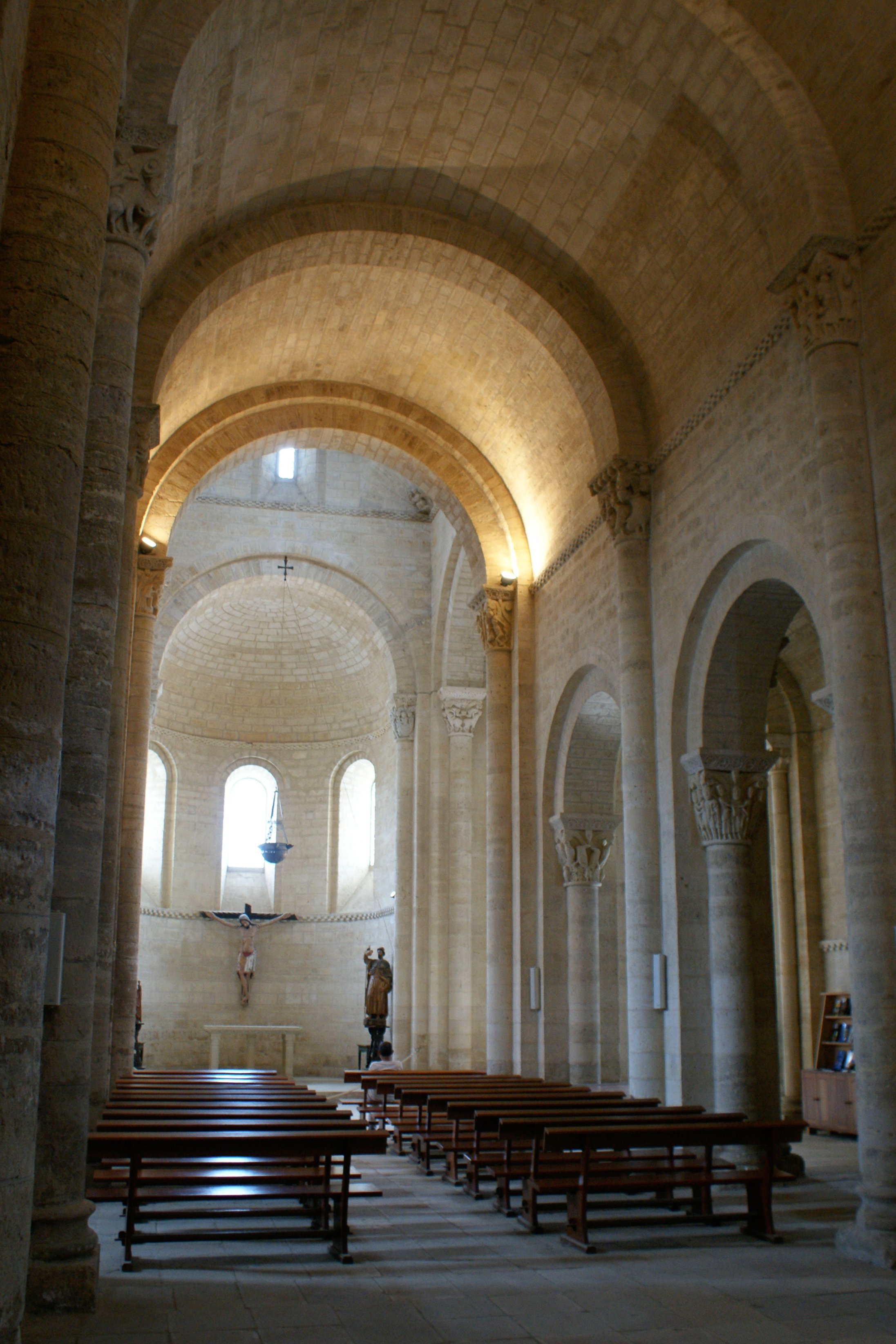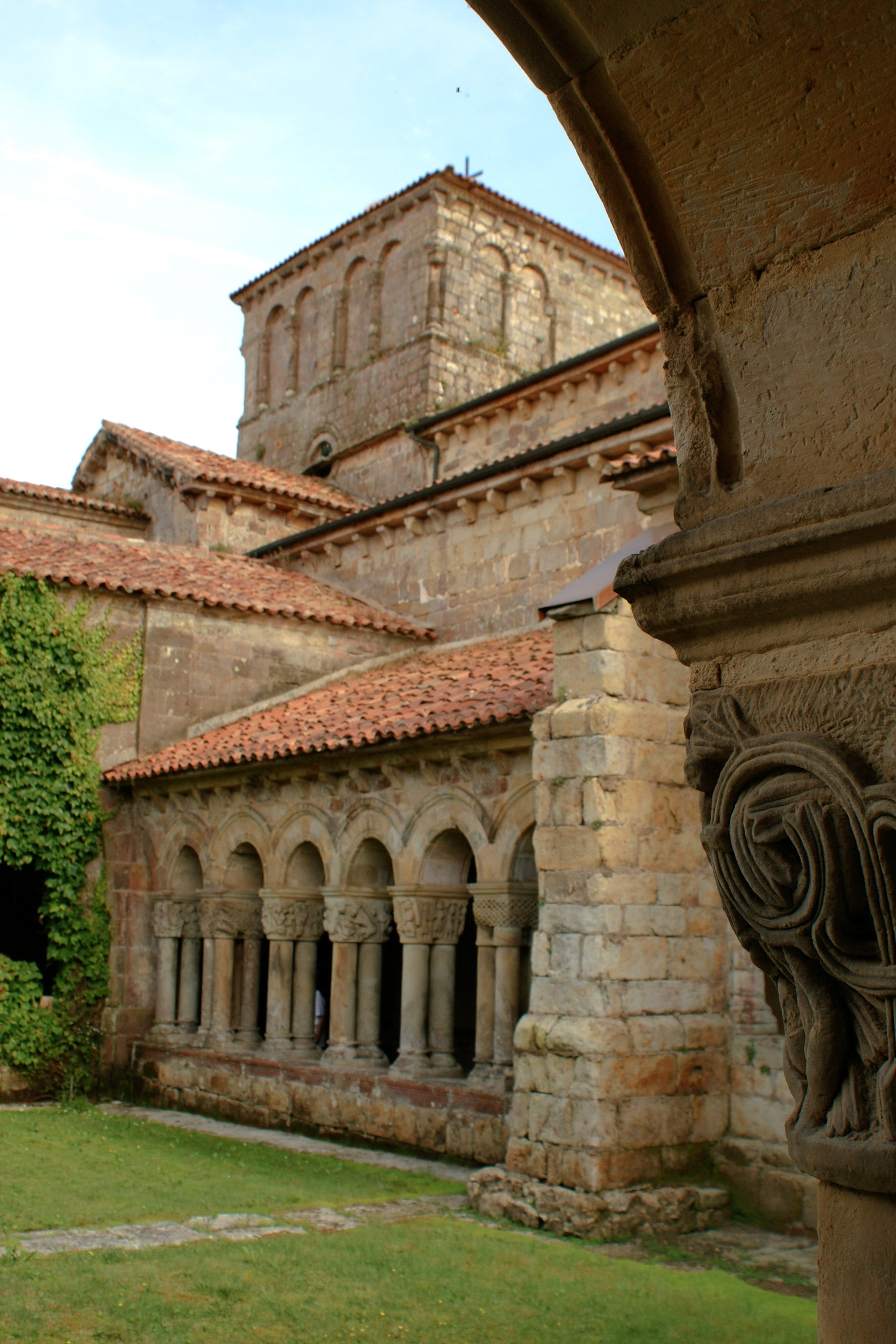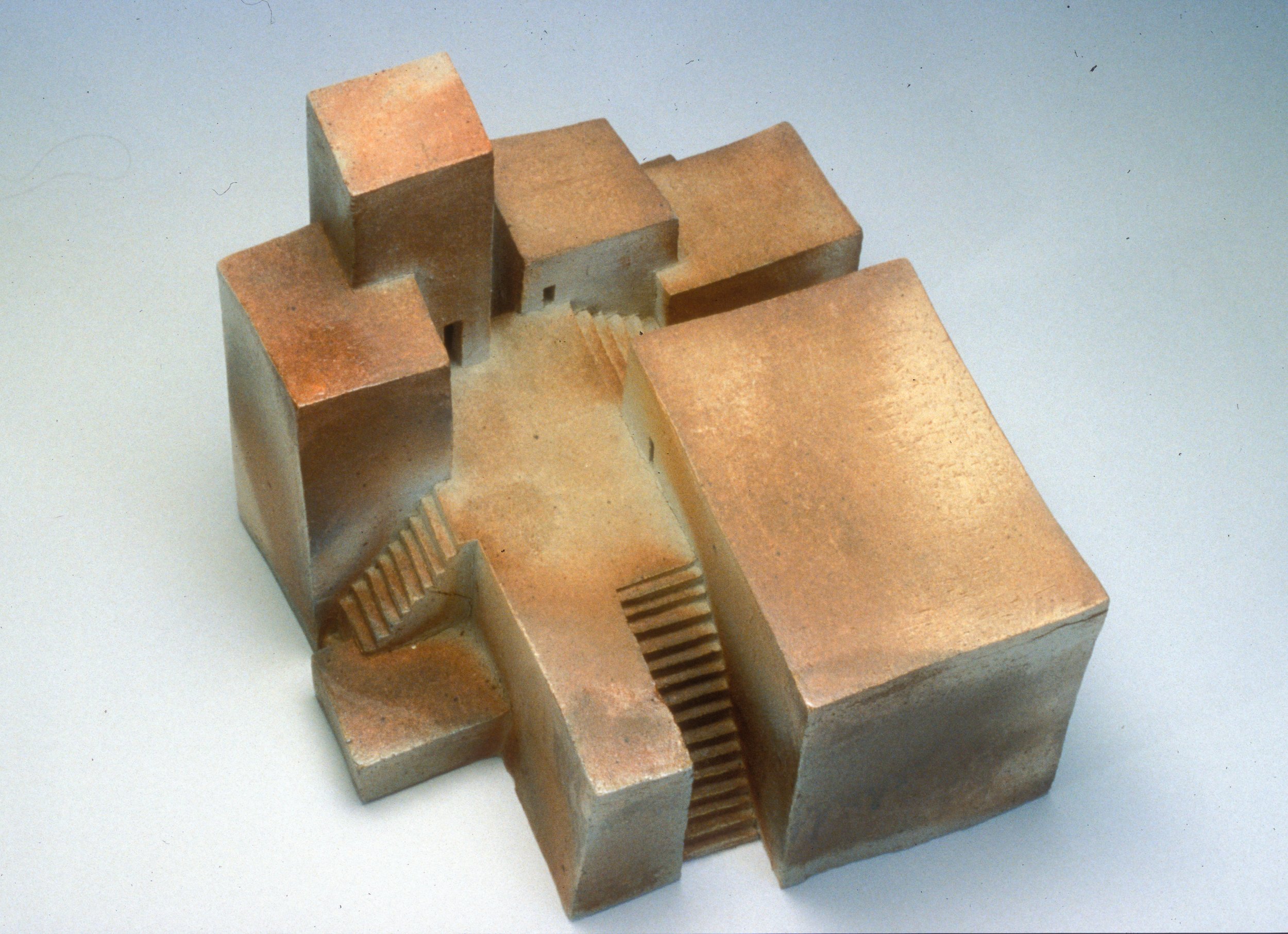The Master Series
The Healing Journey to Romanesque Churches
France, Italy, and Spain
A Solo Exhibition of Works by Nanyoung Kim
Artist Statement
My artistic medium was originally ceramic sculpture. When I began my clay work, it became obvious to me that architectural forms and spaces would be the means of my expression. I have had a deep interest in history, so I could explore many eternal human meanings and conditions in various architectural settings. I would build forms with clay slabs with oddly angled planes and sharply defined edges. I would place a lone figure or two there, seemingly lost in their thoughts. The salt-firing technique with various surface treatments seems to have enhanced the effect I desired. It made my works look ancient, mysterious, and timeless.
However, due to the logistics of ceramic work and my frequent travels abroad, I had to switch my medium to photography. I found my subject in 2007 while travelling through Auvergne, central mountainous region of France. I was visiting pilgrim churches there after my husband’s untimely death. Even though I did not especially seek solace, I experienced the power of beauty in healing emotional wounds, since those churches were so beautiful. They were built in the Romanesque style, which is characterized by ancient Roman architectural motifs, such as round arches, columns, and vaults, and flourished in church buildings all over Western Europe in the 11th century. As a student of art during my whole life, although I “knew” this architectural style from books, encountering them in person was a totally different experience. I swore then and there that I would come back. Thus began my Romanesque journey.
During summer or winter breaks from 2007 to 2016 I visited about one hundred fifty Romanesque churches in France, Italy, and Spain. Before embarking on a trip, I usually did research about the churches I would visit, take as many photos as possible on location, and upon returning, analyze the architectural forms and details in the photos. I visited not only famous and large pilgrim churches, but also many small and remote monastery churches. Each time, I had to rent a car and sometimes drive on a tortuous mountain road for several hours to get to a remote monastery church. I found that the usual descriptions found in art history books, such as stone vaults, thick walls, small windows, and dark interiors, did not do justice to the real experience of them. They emphasized the physical and technical limitations of the period, not what the medieval builders achieved with these limitations.
What I have learned from this experience is that first, those medieval builders, whose names we will never know, were indeed superb designers. The simple intention of building a beautiful edifice that deserves the name of a “heavenly Jerusalem” would not automatically produce a beautiful building. The builders knew all the design principles that nowadays college art students learn and applied them to mitigate the negative visual effects imposed by the structural requirement of sustaining a stone vaulted building.
Another aspect of Romanesque architecture, especially in the churches in Latin Europe, is that they were amazingly various. Throughout this ten-year journey, I have never encountered any two churches that are exactly alike. Even though their basic floor plan is mostly a longitudinal Latin cross or a basilica design, they are infinitely different in all other aspects, such as size, location, and topography of the site, building materials, and decorative treatment. It had an addictive effect on me: even after, say, visiting a hundred Romanesque churches, I would eagerly await for the surprise the next church would bring me.
The beauty of Romanesque churches, the creativity of medieval masons, and the variety of their design are virtually unknown to the general public or even art students or art history professors. Not many people know about them. Thus, my photographs of Romanesque churches are invitations to linger in imagination and thoughts on these remote, hidden, quiet, beautiful, and sacred spaces. Indeed, they are the embodiments of the Christian faith in the Romanesque era a thousand years ago, which was fervent, but still innocent and sincere.
Dr. Nanyoung Kim received her Master’s and Doctorate degree in Art Education from the University of Illinois at Urbana-Champaign. Before coming to the US to study art education, she received a Bachelor’s degree in Music (piano) and a Master’s degree in Aesthetics, both from Seoul National University, Seoul, Korea, and taught music in high school and art history in various Korean universities.
She has been working as a professor of art education at East Carolina University since 1999. She publishes theoretical articles on aesthetics, design education, art criticism, and craft education. The most recent such article is “Aesthetics of Romanesque architecture” published in the Journal of Aesthetic Education in Spring 2022. She also contributed pedagogical articles for art teachers in Arts and Activities based off her teaching on various subject matters, such as drawing, painting, composition, color harmonies, crafts, and architecture.
She published a book on Romanesque architecture in Korea in 2016. The cover is shown here. She is preparing for the publication of the book in English.
She can be reached by e-mailing her at kimn@ecu.edu.
You can view Dr. Nanyoung Kims “Aesthetic of Romanesque Architecture” which is published in Journal of Aesthetic Education in the link below!












